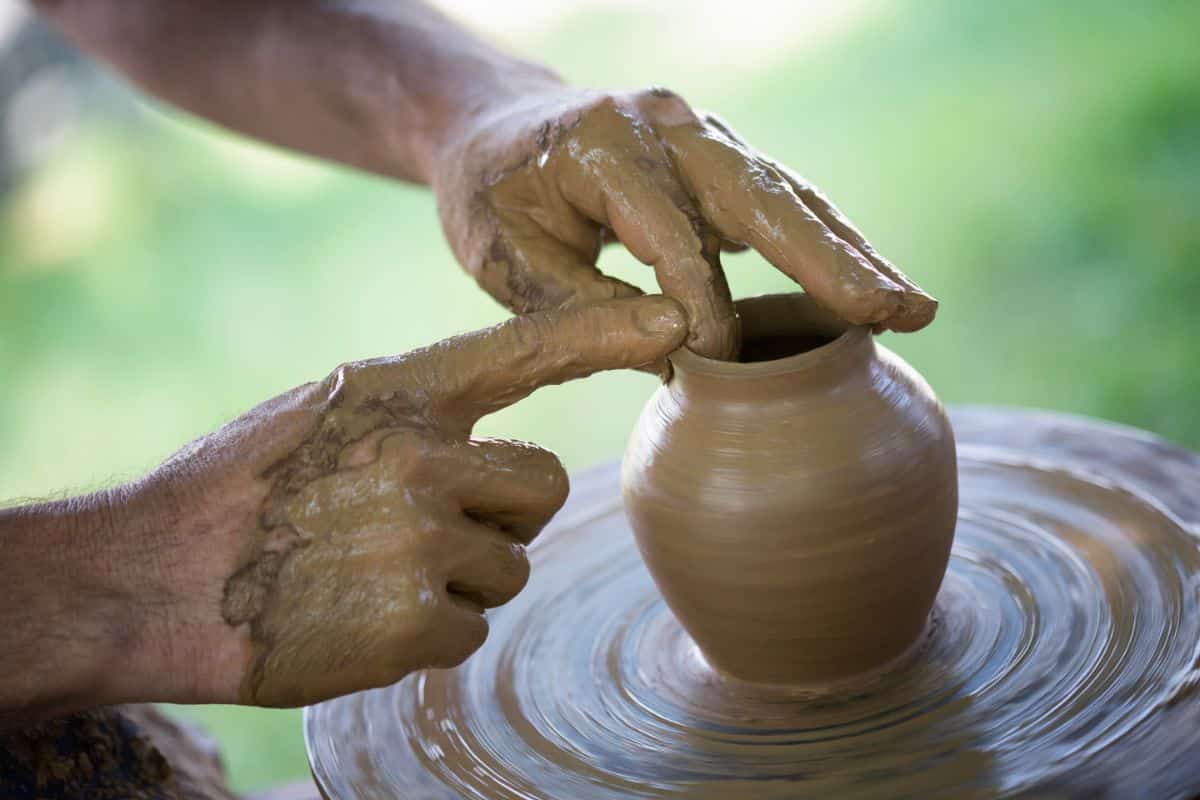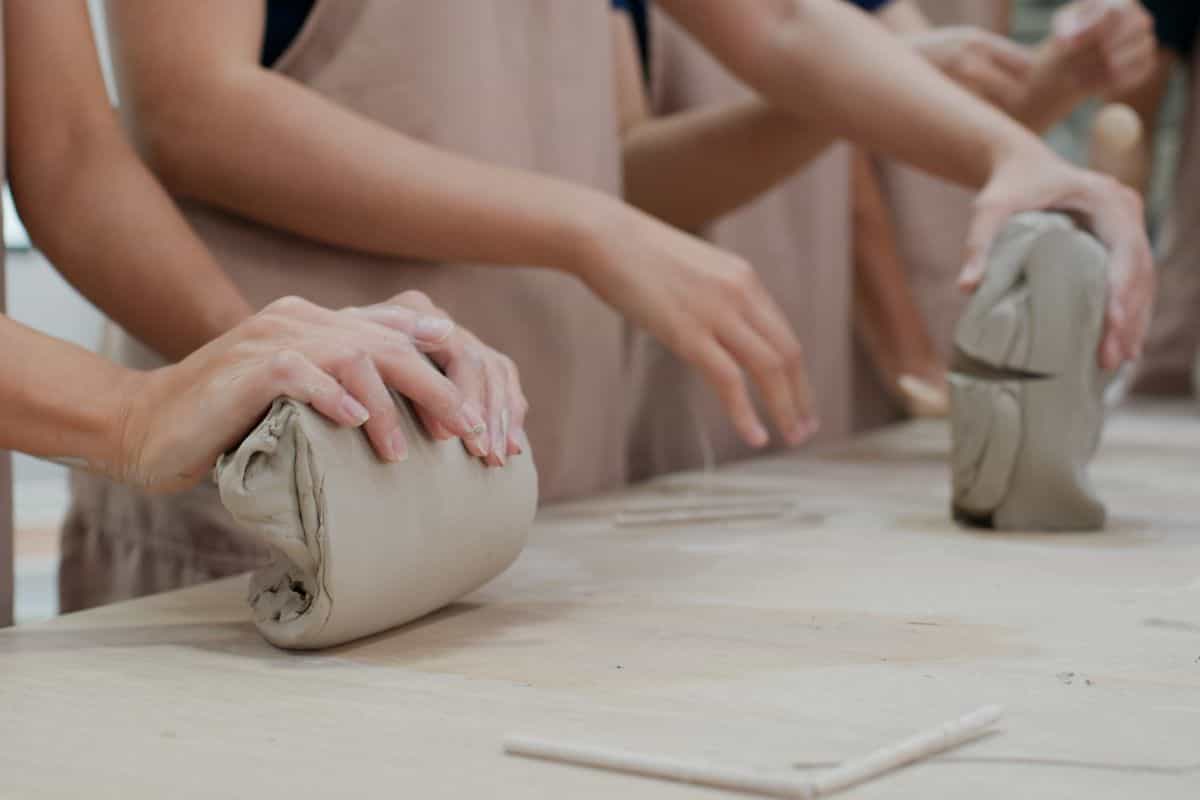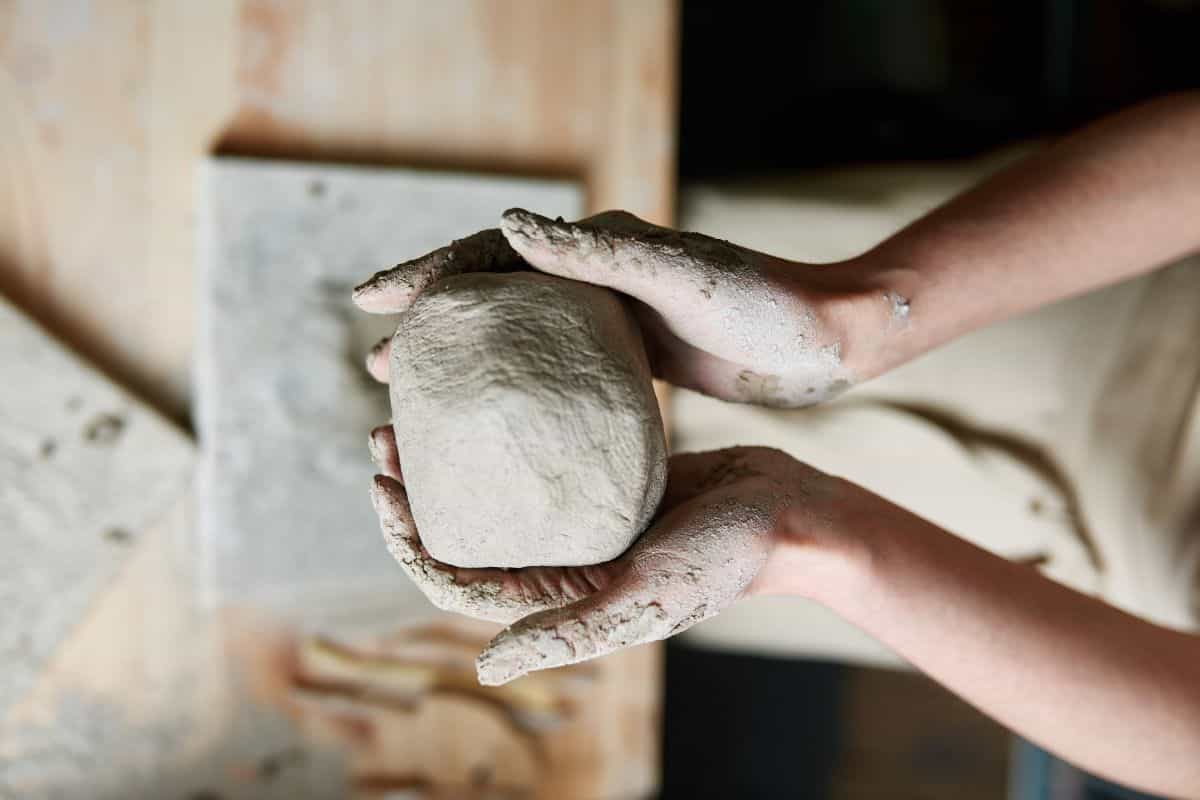The materials used to create polymer clay include polyvinyl chloride (PVC) and a plasticizer. Polymer clay is a non-toxic substance that is simple to shape and mold into various designs.
There are many different colors of polymer clay that can be combined to produce new hues.
It can also be used with other substances to produce brand-new textures and patterns.
Polymer clay is shaped and then baked inside an oven to establish the shape.

For making jewellery, miniatures, ornaments, and other little items, polymer clay is a fantastic material. It can also be used to make huge murals or sculptures.
For both novice and expert craftsmen, polymer clay is an excellent medium.
For people who are just beginning out with crafting, it is an excellent alternative because it is reasonably cheap and simple to find.
There are a tonne of publications, both printed and digital, that offer tutorials and advice for using polymer clay. This article will discuss polymer clay, what it is, and how it’s made.
What Is Polymer Clay Used For?
An excellent material for crafting and sculpture is polymer clay. It is adaptable, strong, and simple to use.
It can be used to make sculptures, jewelry, and other things. Additionally, polymer clay is non-toxic and suitable for usage by kids.
It’s also a wonderful material for beginners. It is simple to use, and both online and printed tutorials are readily available. From jewellery to sculptures, polymer clay may be used to make a wide range of various crafts. Additionally, it is a relatively cheap material.
Is Air Dry Clay Preferable To Polymer Clay?
Both forms of clay have advantages and disadvantages, so it truly depends on what you’re looking for.
Since polymer clay is more robust and long-lasting than air-dry clay, it is better suited for applications that must resist heavy use.
Additionally, it’s non-toxic and simple to locate in craft stores. But, air dry clay seems to be more practical for little projects because it is less expensive and doesn’t need to be baked.
Before beginning, carefully read the directions for the clay type you have selected.
Is Baking Polymer Clay Necessary?
Yes, baking is necessary for polymer clay to firm and become sturdy. Either use a special polymer clay oven, or bake it in your home’s standard oven.
The kind of clay you use will determine the baking temperature and time, so be sure to check the manufacturer’s directions before beginning.
The polymer clay works will be durable and prepared for use or display once they’ve been baked!
Can Polymer Clay Be Baked With Wood?
Due to its versatility, polymer clay is a favourite among many artists. It is malleable and can be baked or even carved. But can polymer clay be used to bake wood?
Yes, it is the answer. Polymer clay can absolutely be used to bake wood. In reality, this is a fantastic method to give your project a distinctive texture and appearance.
Just make sure the wood can be used in an oven before you begin.
Here are some pointers for baking polymer clay with wood:
- Ensure that the wood is clear of all dirt and debris.
- Chop the wood into manageable-sized pieces for your baking sheet.
- Set your oven’s temperature to that for baking clay.
- Arrange the pieces of wood on a parchment-lined baking sheet.
- Bake your wood inside the oven according to the directions.
- Take the wood out of the oven, allowing it to cool completely before incorporating any polymer clay.
- You can begin adding your favorite clay designs once the wood has cooled!
There you have it, then! Polymer clay can absolutely be used to bake wood.
Simply remember to adhere to these suggestions, and you’ll be sure to produce some distinctive and one-of-a-kind creations!
Can Polymer Clay Be Baked Twice?
Yes, polymer clay can be baked twice. There’s a few points to bear in mind, though. First, the temperature for the subsequent bake should be lower than for the first bake.
Second, the clay might not stick to surfaces as well the second time.
Finally, after being baked twice, the clay could become bent or broken more easily.
However, generally speaking, baking clay twice is OK and may even help to increase the project’s longevity.
Why Does Baking Polymer Clay Cause It To Crack?
Polymer clay has the drawback of being prone to breaking after being baked.
There are a number other potential causes for this, but the most frequent one is because the clay wasn’t properly conditioned before usage.
The clay can break during baking if it is not properly conditioned since it’ll become dry and brittle.
Although conditioning the clay is rather easy to perform, it is crucial to do it carefully to prevent any issues. The clay must first be worked until it is supple and malleable.
The clay must next be hydrated uniformly by adding a tiny amount of water and mixing it in.
The clay ought to be ready to be spread out and molded without cracking once it has been adequately prepared.
There are a few more things you can try if your polymer clay continues to fracture despite conditioning. One choice is to mix a little glycerin into the clay before using it.
A lubricant like glycerin can help stop your clay from drying and breaking.
Utilizing a clay softener, a substance that can be applied to the clay to assist keep it malleable, is an additional choice.
How Should Polymer Clay Be Stored?
There are several ways to preserve polymer clay, but the most vital point is to keep it free from heat and moisture.
It is recommended to keep polymer clay in a cool, dry environment in an airtight container.
You might want to think about putting polymer clay in the freezer if you plan to keep it for a long time. It will be prevented from drying out thanks to this.
Final Thoughts
Beginner and expert crafters alike will find polymer clay to be a fantastic material.
It is perfect for individuals who are just starting out in crafting because it is simple to use and forgiving.
And because polymer clay is so adaptable, it’s ideal for more seasoned craftsmen who want to make one-of-a-kind, complicated creations.
Grab some clay and start creating!








